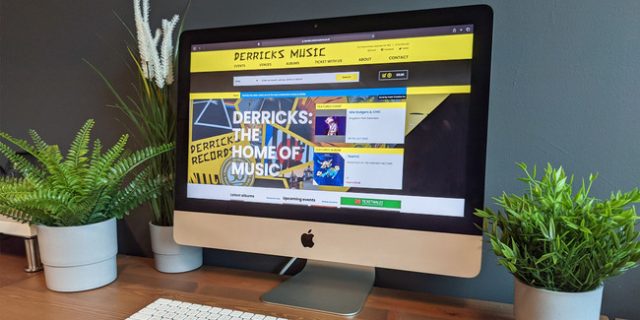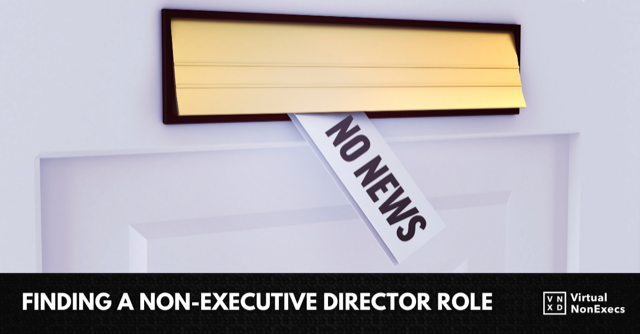BlackFog Partners with Telkom Business to Curb Cyber Crime Against SMMEs
Cheyenne, Wyoming – October 18, 2021–
BlackFog, the leader in on-device data privacy, data security and ransomware prevention today announced a partnership with Telkom Business, a South African telecommunications provider operating in more than 38 countries across the African continent, to deliver security solutions to help protect the digital journey for small, medium and micro enterprises (SMMEs) as they work to embrace digital transformation.
In the wake of the Covid-19 pandemic, there’s been a significant surge in cyberattacks as businesses across the globe digitised their operations to adapt to remote working. Cyber crime has risen exponentially, with BlackFog recording more than 175 publicized ransomware attacks to date this year. With the increase in cyberattacks, Telkom Business launched Smart Secure Solutions in partnership with BlackFog to offer affordable cybersecurity solutions to SMMEs.
“The partnership with BlackFog is part of Telkom Business’ software-as-a-service solutions to help businesses to fast-track and secure their digital journey. Smart Secure prevents the loss of data and the unauthorised collection and transmission of data,” said Telkom Business Executive Marketing, Innocent Pereira. “Businesses can use this solution to prevent malicious activity across all company devices and protect their intellectual property. It equips businesses with the tools they need to successfully run a business in the digital economy.”
Telkom Business’ smart cybersecurity solutions provide protection from malware, ransomware and spyware, and are aimed at preventing endpoint devices from cyberattacks to ensure that small businesses can protect their data from unauthorized access and potential threats. Through the partnership with BlackFog, Telkom Business provides SMMEs with software that monitors enterprise compliance with global privacy regulations such as the POPI Act and GDPR.
“When we look at successful cyberattacks, all roads lead to data exfiltration. Without it, cybercriminals are unable to steal information for competitive, disruptive, or monetary gain,” said Dr. Darren Williams, BlackFog founder and CEO. “BlackFog’s disruptive technology prevents unauthorized data exfiltration, effectively allowing organisations to stop hackers in their tracks. BlackFog is excited to partner with Telkom to deliver this level of cybersecurity to their customer base.”
Smart Secure leverages behavioural analysis to pre-empt potential attacks by preventing unauthorised data exfiltration, ensuring that data that is on a device stays on the device and protecting employees from cyberattacks no matter where they are working. This protection will enable businesses to successfully get connected, win customers and maintain productivity, without worrying about the safety of their data.
Pereira adds, “Businesses have had to amplify their digital communication and digitise their operations due to the pandemic. While digital means simplify many processes for businesses, cybercrime remains a significant threat, and businesses need sufficient and affordable software that will allow them to protect their organisation, and that is what our partnership with BlackFog provides.”
For more information about BlackFog’s partnership with Telkom Business and the Smart Secure Solutions offering visit the Telkom online store.
For more information about BlackFog’s partnership with Telkom Business and the Smart Secure Solutions offering, visit the Telkom online store.
ABOUT BLACKFOG
Founded in 2015, BlackFog is a global cybersecurity company that has pioneered on-device anti data exfiltration (ADX) technology to protect companies from global security threats such as ransomware, spyware, malware, phishing, unauthorized data collection and profiling. Its software monitors enterprise compliance with global privacy regulations and prevents cyberattacks across all endpoints. BlackFog uses behavioral analysis to preemptively prevent hackers from exploiting vulnerabilities in enterprise security systems and data structures.
BlackFog’s preventative approach to security recognizes the limitations of existing perimeter defense techniques and neutralizes attacks before they happen at multiple points in their lifecycle. Trusted by corporations all over the world, BlackFog is redefining modern cyber security practices. For more information visit www.blackfog.com
ABOUT TELKOM BUSINESS
Telkom SMB blends the broad range of Telkom’s data and voice connectivity products, with the power of BCX’s productivity portfolio, and the savviness of the Yellow Pages online marketing solutions into digital propositions tailored to fit the entire lifecycle of our business customer’s needs. We continue to improve and expand our value propositions to meet the needs of our customers through strategic partnerships. For more information visit: https://www.telkombusiness.co.za/about-us










